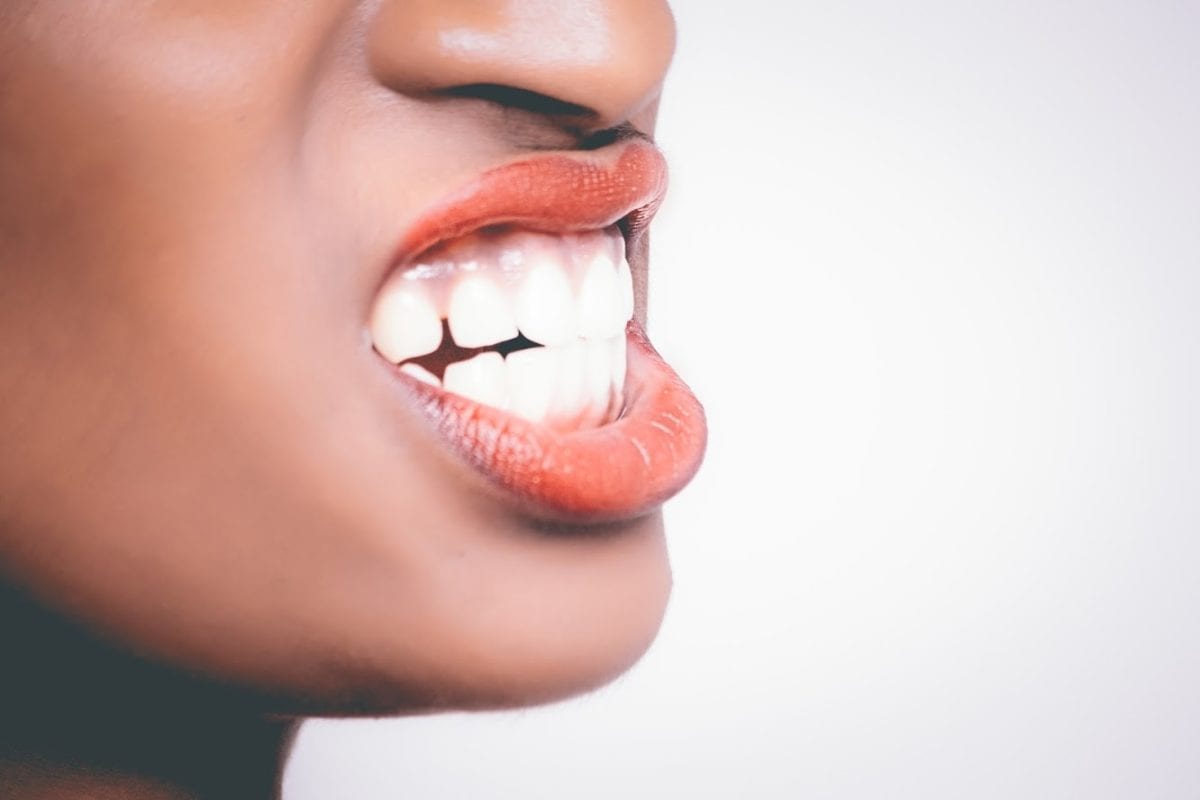3 Common Oral Health Issues

Did you know that when your dentist looks inside your mouth, they are not just looking at your teeth? A dentist is concerned about all of your oral health. This is why routine dental checkups are essential. During these routine checkups, your dentist can catch oral health issues early on, which makes them easier to treat.
Here are three common oral health issues you should be aware of.
1. Mouth Sores
Mouth sores occur either inside the mouth or on the outside of the mouth. Causes of mouth sores include irritations inside the mouth, such as wires from braces or dentures that don’t fit properly, sensitivity to ingredients in toothpastes and mouthwashes, or side effects from medication or cancer therapy.
Some of the most common types of mouth sores include:
- Canker sores. Also known as aphthous ulcers, these sores occur inside the mouth.
- Cold sores. These fluid-filled blisters on the lips are caused by the herpes virus and are contagious.
- Leukoplakia. Characterized by white patches on the inside of the mouth, this type of sore is caused by excess cell growth.
- Erythroplakia. This is characterized by a red patch that is usually found on the floor of the mouth or behind the back teeth.
- Lichen planus. An itchy and inflammatory rash that can occur inside the mouth.
- Candidiasis. Also known as oral thrush, this fungal infection produces painful patches on the surfaces of the mouth.
Mouth sores usually go away on their own. However, if you have a mouth sore for more than a few weeks, or the sore is painful and inhibits your ability to talk, chew food, or swallow, you should talk to your dentist. Some mouth sores, like leukoplakia and erythroplakia, can be precancerous lesions.
2. Oral Cancer
A dentist can perform an oral cancer screening during your routine dental exam. A dentist screens for oral cancer by looking for mouth sores on the inside of your mouth. The dentist also feels inside your mouth and your tongue for any lumps or abnormalities.
Additional tests might include the use of oral cancer screening light or dye. If the dentist discovers any precancerous lesions, you may need a biopsy. When oral cancer is caught in its early stages, it is highly treatable.
It’s not always known what causes oral cancer. However, some things that increase your risk of oral cancer include:
- Tobacco of any kind, including chewing tobacco and pipes.
- Heavy alcohol use.
- Significant sun exposure.
Oral cancer has also been associated with human papillomavirus (HPV), which is sexually transmitted.
3. Periodontal Disease
Also known as gum disease, this infection of the tissues is usually caused by poor oral hygiene habits. Other common causes of periodontal disease include smoking, hormonal changes, genetic susceptibility, and medications that decrease the flow of saliva.
This disease can lead to bleeding gums, sensitive teeth, bad breath, and painful chewing problems. In its most advanced stage, periodontal disease can lead to tooth loss. A dentist can diagnose periodontal disease by measuring the space between your gums and your teeth.
The pocket depths in a healthy mouth are between 1 and 3 mm. Pockets that measure more than 4 mm are a sign of periodontal disease. A dentist may also take x-rays to check for bone loss. If you have periodontal disease, it’s important to improve your oral hygiene habits.
Other nonsurgical treatment options may include scaling, root planing, and antibiotics. Surgical treatment options include flap surgery, soft tissue grafts, bone grafting, and guided tissue regeneration.
Whether it’s time for your routine dental exam or you are concerned about your oral health, contact Accent Dental. We provide a variety of dental services including general dentistry, oral surgery, and dental oncology.

